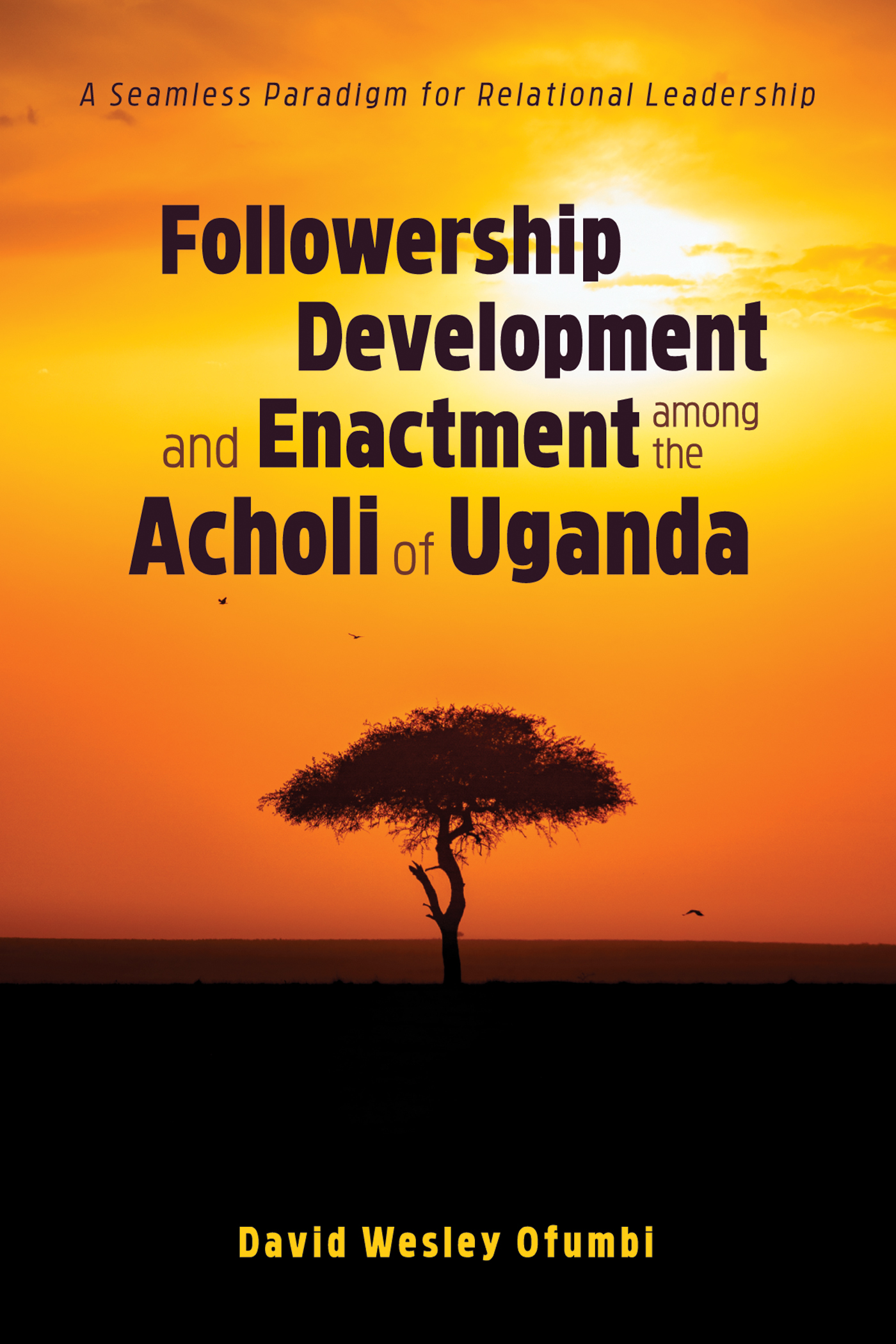Followership Development and Enactment among the Acholi of Uganda
Followership Development and Enactment among the Acholi of Uganda
The industrial era organizations used dualistic leadership theory, which regarded followers as objects of leaders' influence to socialize them into passive followership irrespective of context and outcome. Consequently, organizations focused on leade...
Read more
The industrial era organizations used dualistic leadership theory, which regarded followers as objects of leaders' influence to socialize them into passive followership irrespective of context and outcome. Consequently, organizations focused on leadership and condemned active followership as a toxic behavior that sabotages organizational processes and outcomes.However, the emergence of relational leadership theory in the information era flattened organizational structure, which created a greater need for collaboration within and across sectors. In this new era, organizations cannot survive without responsible individuals who could be productive as both leaders and followers. As a result, organizations are experiencing high demand for active followership throughout organizational ranks, roles, and relationships.Nonetheless, since followership studies are still in their infancy, there is hardly any information on how followers develop and enact active followership. Whereas some studies established followership identity, role, and behaviors, and identified factors influencing their development, none has explored how they do so. This study offers a theory of followership development and enactment anchored in a seamless paradigm that can be used to expand leadership theory beyond dualistic tendencies that absolutized the differences among leadership variables despite their seamlessness. Therefore, it enhances organizational desire and capacity to develop and engage star followers effectively.
Less









.jpg)











.jpeg)







